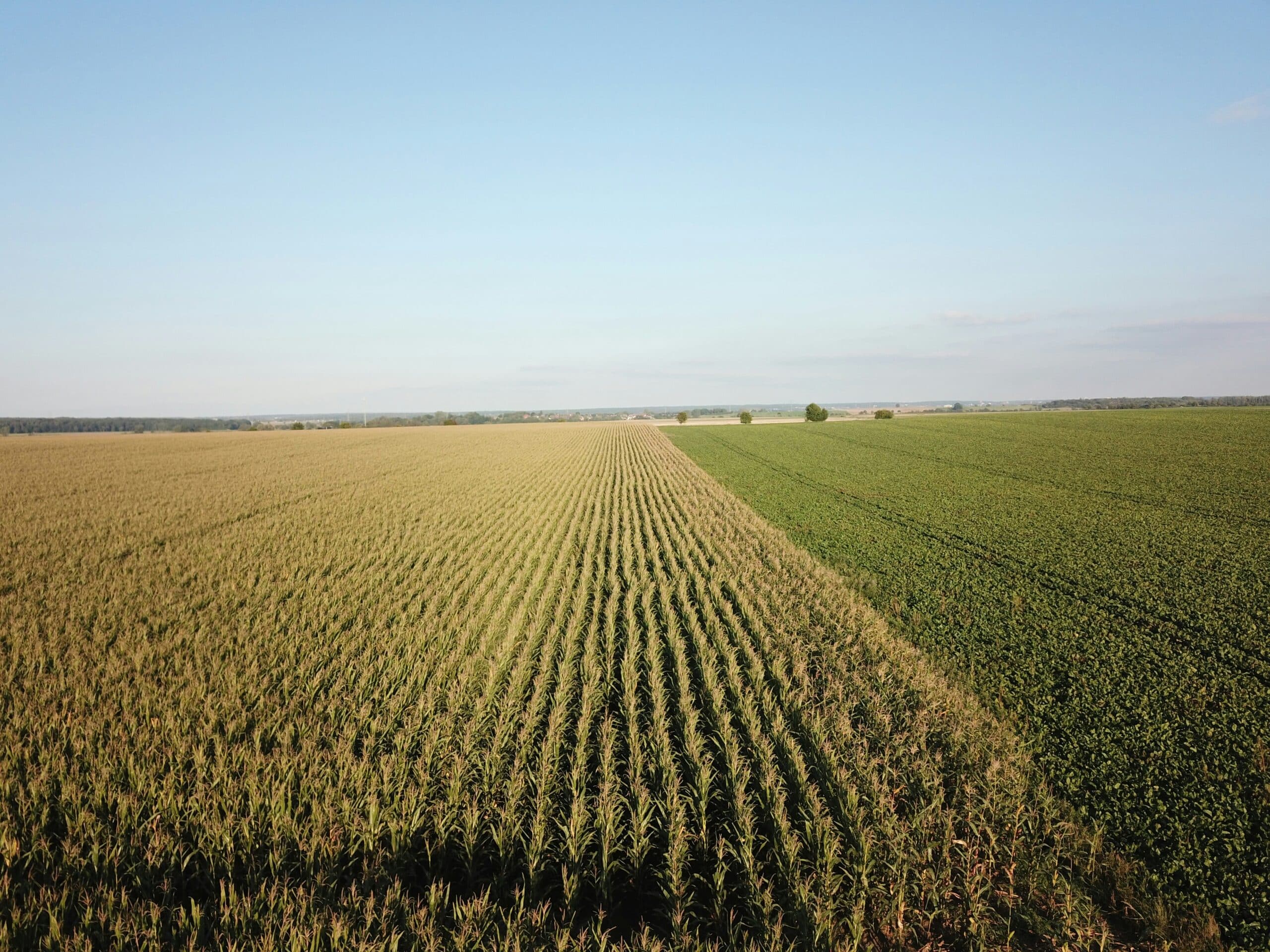Key Takeaways
- EarthOptics has introduced a commercial mid-infrared (MIR) carbon testing solution for soil analysis.
- The system integrates MIR spectroscopy with soil texture analysis for improved data precision and efficiency.
- The solution is designed to meet registry-quality standards for Scope 3 reporting and carbon market applications.
- Automated workflows reduce manual labor and testing costs compared to conventional methods.
- The technology is positioned to support large-acreage carbon projects and sustainability initiatives.
EarthOptics Introduces Registry-Quality MIR Soil Carbon Testing
EarthOptics, a company specializing in soil intelligence technologies, has launched a mid-infrared (MIR) carbon analysis solution aimed at providing registry-quality soil carbon measurements at scale. The system combines MIR spectroscopy with soil texture analysis and is designed to support carbon markets, Scope 3 reporting, and sustainability programs.
“This is a game-changer for soil carbon measurement,” said Lars Dyrud, CEO of EarthOptics. “For the first time, carbon project developers and sustainability leaders can access affordable, high-quality carbon data—at scale—without sacrificing rigor or accuracy.”
Automated Workflow and Soil Texture Integration
Features of the EarthOptics MIR Solution
EarthOptics’ platform incorporates automated MIR workflows that streamline the testing process from sample to data delivery. The inclusion of soil texture analysis enables more detailed modeling and management.
Key features include:
- Faster turnaround times due to automation
- Reduced manual labor and increased testing throughput
- Soil texture data to enhance model accuracy
- Compatibility with Scope 3 emissions tracking requirements
Cost Reduction and Commercial Scalability of EarthOptics MIR Solution
Designed for Broad Application
The company reports that the new solution reduces the cost of soil carbon testing compared to traditional laboratory-based methods. It is intended to be commercially scalable, enabling deployment across large acreage.
“Our goal is to remove the barriers to widespread soil carbon measurement and accelerate climate-smart agriculture,” said Britt Buchanan, SVP of Sales at EarthOptics. “By offering soil texture and fertility insights at a low incremental price, we’re delivering comprehensive, lab-grade data at a fraction of traditional costs.”
Use Cases in Carbon Projects and ESG Programs
Supporting Data Needs Across Sectors
EarthOptics’ MIR solution is positioned to support a variety of use cases, including:
- Carbon credit projects
- Internal sustainability metrics and ESG reporting
- Regenerative and organic agriculture programs
The company states that the solution may be compatible with Verra methodologies and similar registry frameworks, facilitating broader adoption for environmental impact reporting and carbon accounting.



2 Comments